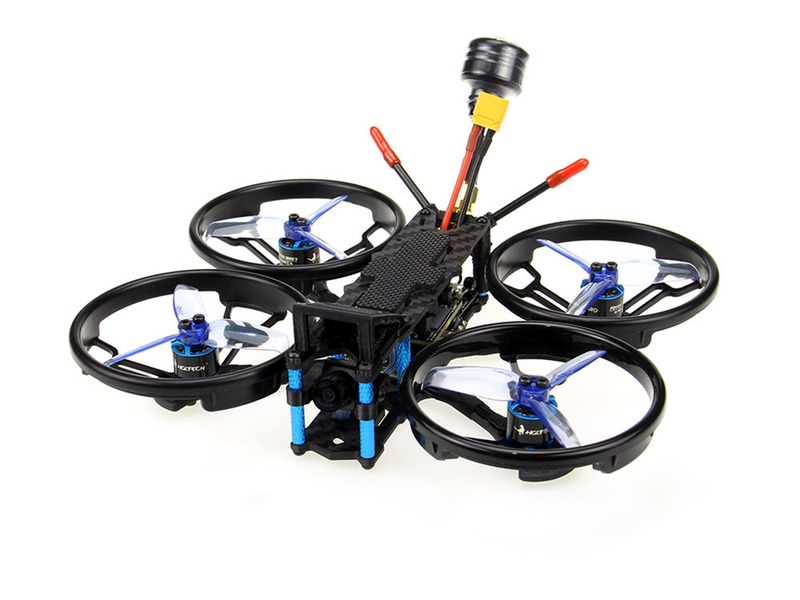What controls altitude on a drone?

Altitude control is an essential component of successful drone flights. Drones rely on a variety of sensors, algorithms, and hardware components to maintain the correct altitude. The most common method of altitude control is using a barometric pressure sensor, which measures the atmospheric pressure and altitude. This is the most accurate way to control altitude as it takes into account changes in the environment such as temperature and air pressure.
In addition to the barometric pressure sensor, many drones also have an altimeter, which measures the height of the drone relative to the ground. This sensor is often combined with a GPS receiver to provide more accurate altitude readings.
The drone’s flight controller is responsible for controlling the altitude of the drone. The flight controller is a computer that processes data from the sensors and other components to determine the drone’s altitude. The flight controller then sends commands to the motors to adjust the drone’s altitude. The flight controller may also use algorithms to adjust the drone’s altitude in order to maintain a steady altitude.
The most basic way to control altitude is to use the drone’s remote control. The remote control can be used to manually adjust the altitude of the drone by pressing the up and down buttons. This is a good method for controlling altitude, but it is not as accurate as the other methods.
Finally, some drones have an Automatic Flight Mode, which allows the drone to fly autonomously. In this mode, the drone uses its sensors and algorithms to adjust its altitude without any input from the user. This is the most accurate method of altitude control and is often used for long-range flights or in areas with unpredictable environmental conditions.
In summary, altitude control on a drone is achieved through a combination of sensors, algorithms, hardware components, and user input. The most common method of altitude control is using a barometric pressure sensor, which measures the atmospheric pressure and altitude. Altimeters are also used to measure the height of the drone relative to the ground, while the drone’s flight controller is responsible for controlling the altitude of the drone. Finally, some drones have an Automatic Flight Mode, which allows the drone to fly autonomously.
Comments / Question
2. Fly the drone in an area that is free of obstacles, such as trees, buildings, and power lines.
3. Use a GPS-enabled drone to ensure that you can keep track of its location.
4. Monitor the drone’s battery life and altitude to ensure that it does not exceed the maximum altitude limit.
5. Use a spotter to help keep track of the drone’s location and to alert you if it is in danger of crashing.
6. Make sure to follow all local laws and regulations regarding drone flight.
7. Wear protective gear, such as goggles and earplugs, to protect yourself from debris.
8. Make sure to have a backup plan in case of an emergency.
2. Barometric Pressure Altitude Hold: This method uses the barometric pressure sensor in the drone to measure changes in altitude and maintain the drone at a fixed altitude.
3. Manual Altitude Control: This method requires the pilot to manually adjust the throttle of the drone to maintain a desired altitude.
4. Autonomous Altitude Control: This method uses the drone’s flight controller to automatically adjust the throttle to maintain a desired altitude.
5. Optical Flow Altitude Hold: This method uses a downward-facing camera to measure the speed and direction of the drone to maintain a steady altitude.

